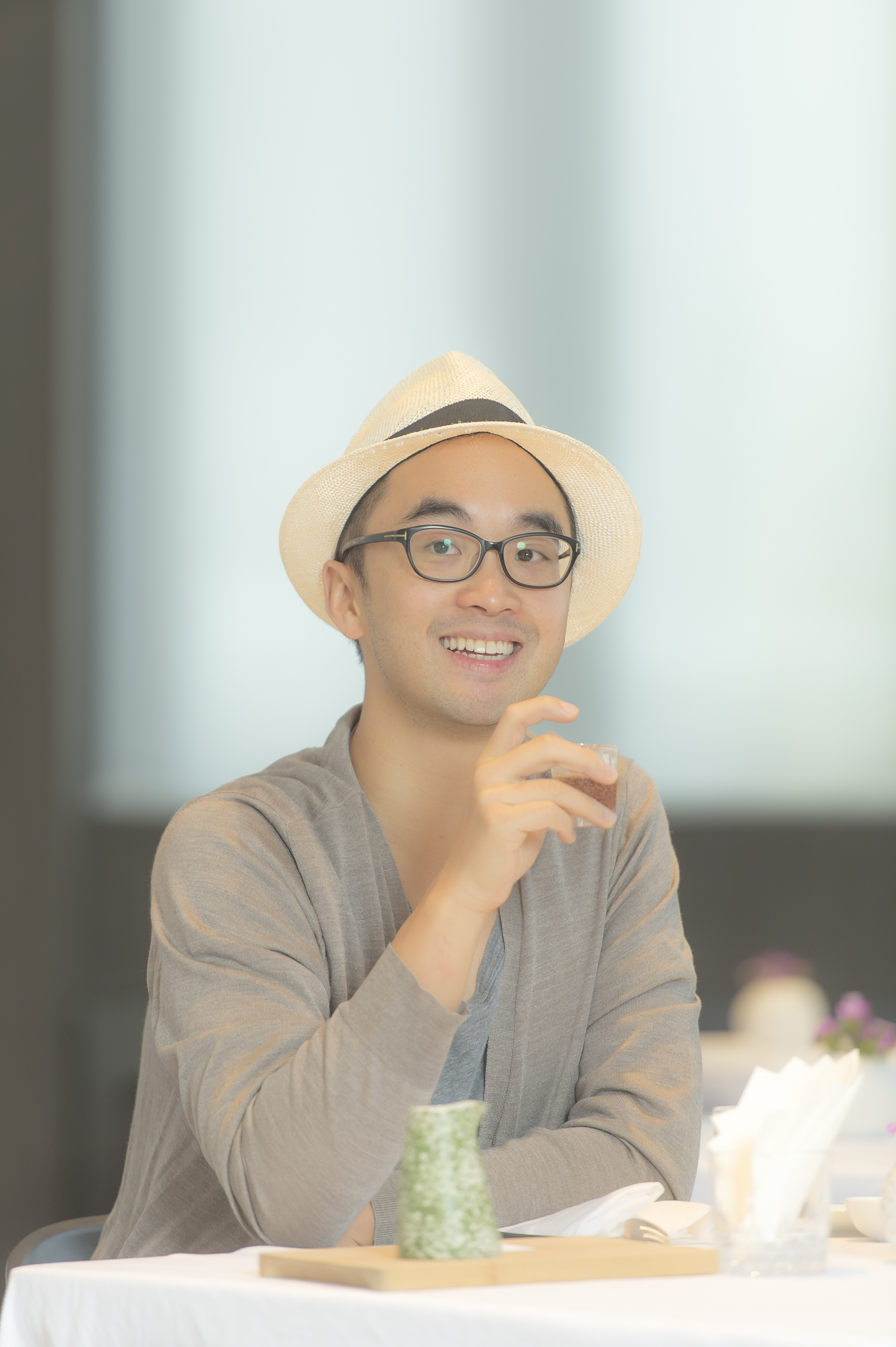
New World Development Heir Adrian Cheng Says Art Is Entrepreneurship
Not your usual tycoon, the founder of the K11 Art Foundation wants to combine his family business with his first love: the arts.
The arts have been my interest ever since I was a kid. At first I was more into music and performing arts, and then later I had more opportunities to encounter visual and installation arts. Culture is very broad and it’s always evolving, but you have to find a starting point.
I majored in east Asian studies at Harvard. I spent a year in Kyoto studying performing arts, and I’ve done some classical vocal training. Everybody wants to study economics and finance. I chose east Asian studies. Because the subject was not so popular, I was curious to know more about it.
I looked into the connection between the art, clture, literature and politics of east Asia. You might think you know because you live in east Asia, but you probably don’t know about the relations between Vietnam and Japan, or China and Malaysia. It affected my aesthetics in art, and shaped me in my pursuits in the art world.
Read More: Kate Middleton's Brother, James Middleton, Seeks Success in Hong Kong—With Something Sweet
Read More: Ng Ka-leung, "Ten Years" Mastermind, Gives Hong Kong a Decade to Choose Its Future
I worked on the K11 [art mall] project in 2008. It was one of the first projects in Hong Kong to combine art and culture with entrepreneurship. The aim was to incubate more local artists and to provide more opportunities for them to be reached by the public. Back then, art and culture in Hong Kong or China was still not popular.

We wanted to groom the audience, and offer a platform for artists to show off what they’ve got. If their artworks were in the middle of some mountain, who would go see them? What’s the point if they don’t reach the crowd? There would be no impact on society. By combining art with commerce, of course it needs to succeed commercially: But at the same time it allows people who are afraid of art or don’t know much about it to develop their interests. It’s a social innovation—a creative commercial model that can be developed sustainably.
In 2010, after a few years, I thought there should be a foundation purely for art development [the K11 Art Foundation]. The ecology had to be built. How? It has to start with the three core groups: the artists, the curators and the audiences. Hong Kong’s art and culture scene has improved a lot, because the audiences are getting younger. The new generation has a great demand for art and creativity. It’s just that Hong Kong doesn’t have enough space for it.
That’s why it’s so important to nurture audiences, and provide the space to get in touch with art. The number of artists or curators has not really grown, but the ecology of the whole scene has. The curiosity of the crowd and their demand for creativity have grown in Hong Kong, so now the supply needs to balance it. It’s different in China: The country is so big it can allow a more flourishing market. There are a lot of collectors, art spaces, artists—but they still need more curators.
Art and culture are all about creativity, and architecture and interior design are also about creativity. We’re just trying to make creativity part of people’s lives. For example, The Pavilia Hill [in Tin Hau] is more than just a property development project. It has a certain Oriental touch in its aesthetics—we even got a zen master from Japan to create an artisanal Zen garden. Coming up we’ll have another property in Clear Water Bay that will include an art garden full of installation art and sculptures, and a multi-purpose art space.
Read More: Khalil Fong Won't Be Hong Kong's American-Born Chinese Icon
Property development is also about human contact, and if people can get in touch with art and culture through this, then why not? It’s not that hard to infuse art into developments. The question is: Do you think art and culture can be part of your life? And if yes, why can’t your living space be infused with art and culture? The only thing that matters is whether you’re doing it well and wholeheartedly, or if you’re just in it for the gimmick.
Back then, who would have done something like this? It was only after a few years when K11 Mall became successful that retailers all around town started copying us with exhibitions as well. We try to look forward—my team and I travel the world to see what’s happening [in the art scene]. Art is all about the people, and it’s their creativity that matters. But you need to forecast what’s happening in the coming two to three years.

